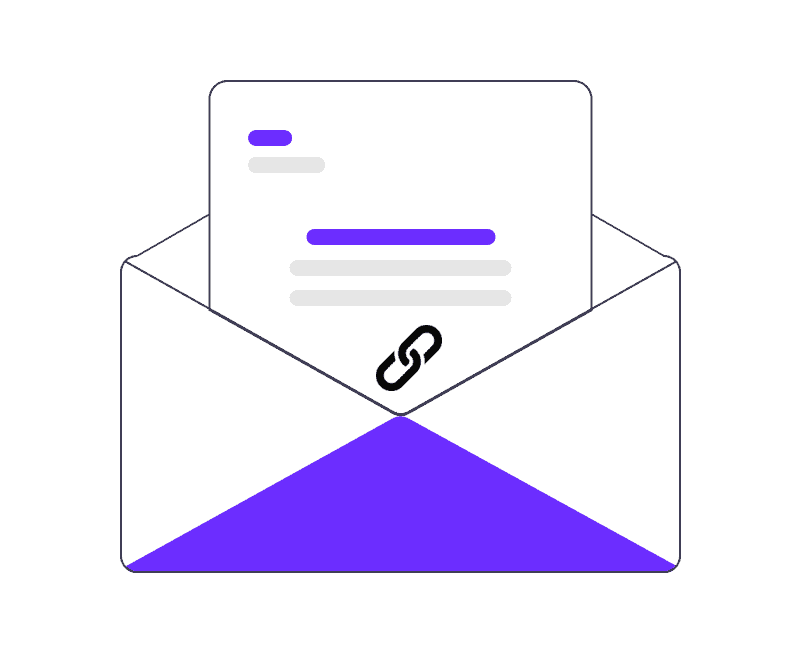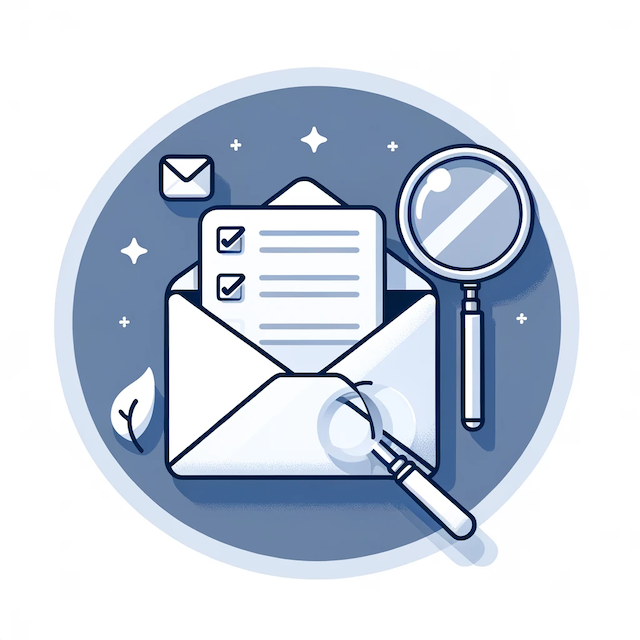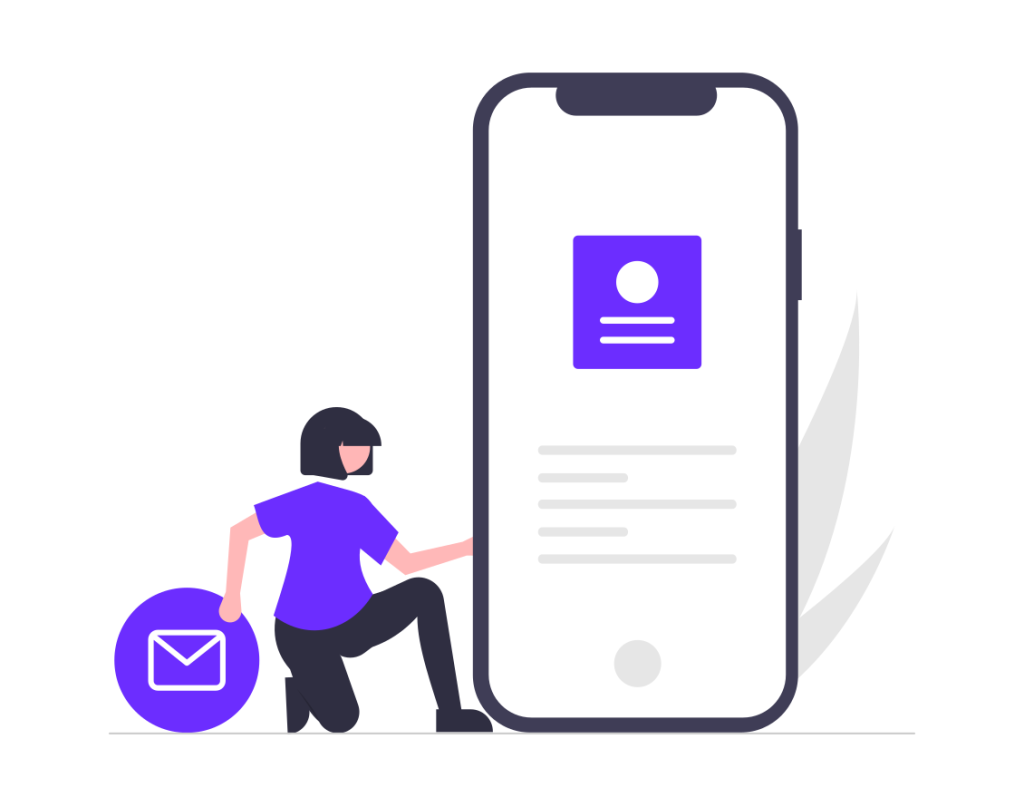You’ve probably put in a lot of effort and even spent extra time building an email list full of potential leads and prospective customers. You’ve fine-tuned your marketing strategies, hoping for great results. But, despite your best efforts and some tempting offers, these leads just aren’t converting, even after numerous sales calls. Sounds familiar?
Now, you might be wondering, what’s the key to not only grabbing your audience’s attention but also turning them into loyal customers? Well, here’s the secret you’ve been looking for: the magic of lead-nurturing emails and I will explain all about it in this article
Let´s dive in!
What is email lead nurturing?

Lead nurturing is the process of improving and maintaining relationships with people at every stage of their customer journey. For companies, the most straightforward method to do so is through emails—the most used tool for professional and formal communication. Email lead nurturing is a powerful tool to build a long association with potential leads until they finally become customers. Today, emails continue to be the most preferred mode of communication, at least in professional circles. Why not use it to your benefit and improve overall sales? Successful lead nurturing can be tricky, but this is your guide to get started.
How does process mining help in lead nurturing?
Process mining is a technique where a family of algorithms is embedded into data to gather insights on patterns, trends, mannerisms and other details of crucial operational processes. A few process mining benefits in lead nurturing are:
- Provides precise targeting by analyzing and categorizing customer data based on their interests, behaviors, past interactions, web journeys, etc.
- Utilizes data mining strategies to rank leads and send accurate emails based on their probability of converting
- Applies lead scoring (where leads intend to buy) to curate emails for special leads that will improve ROI.
When you want your leads, customers, sales and revenue to overflow, trust process mining to turn your vision into your reality. There is no shortage of data in companies, and what better way to understand the data than to segment and nurture your leads—the most important asset in your organization?
Why do you need lead nurturing emails: 5 benefits

Before anything else, understanding the benefits of lead nurturing emails is equally important. For your current and future customers and also your company’s impact in the long run, having lead-generating emails is advantageous. Some ways to make lead-generating emails work for you in 2025 and beyond are:
Those welcome and sign-up emails that land in your inbox every morning are purpose-backed. Companies want you to remember their brand in some way or the other. Out of 10 emails sent, at least 4 are likely to be opened. So companies use it to increase curiosity and the number of content consumers. The most effective way to do so is by sending discounts, rewards, offers, and more in emails. Various customizations and color-specific emails identifying with the company can be created with email templates.
After sending too-good-to-be-true emails in most inboxes, the next phase of the customer journey requires the receivers of such emails, as well as the leads, to convert into customers. Emails in this stage are highly personalized based on a thorough understanding of the person’s interests and behaviors. They also include a highlighted CTA to encourage leads to take the next step.
The main objective of lead nurturing emails is to increase the company’s sales. Lead nurturing emails generate more sales at a lower cost than non-nurtured lead emails. They also increase the average sale size per order and make way for more forecast orders. When sales shoot up, so will the company’s revenue. The returns on investment in email marketing focusing on lead nurturing is no less than a dream come true.
Lead-generating emails serve the greater purpose of making the audience aware of the brand and establishing trust with them. They do this in one or more of the following ways:
- Educating audiences about their products and services and highlighting how they solve user needs
- Providing valuable and well-researched information to portray the brand as a market leader with enough expertise and authority in the specified industry
- Sharing testimonials and reviews of customers to show how the product has benefitted their lives.
Email marketing methods are always cost-effective. For lead nurturing, every dollar that is spent brings in more returns. Unlike traditional methods of searching and converting leads, emails are uncomplicated and can be made in one go to many people. Additional features like personalized and time-specific emails are fairly cheap to implement and don’t need skilled personnel to create them.
6 ways to frame a perfect lead-nurturing email

Lead-nurturing email campaigns start with the way they’re written. How you frame the key aspects of the email and fulfill the purpose of converting leads is much more easier than other marketing campaigns. Here are a few ways to get started on curating lead-centric emails:
Every email you send to your audience must be goal-oriented. The goal may be that you want your audience to become aware of your brand, sign up for your newsletters or share your product catalog with the masses. What kind of action do you want your audience to take? The main goal will determine how the email will be written.
You know, often people tend to overlook company emails, and this can be a real setback for your business. The trick here is to add value to every nurturing email you send. Think about it – your emails should contain the kind of content your leads actually want to see. And don’t forget to consider where they are in the sales cycle. For instance, if a lead is on the fence about buying your product, why not nudge them along? Send them emails featuring client testimonial videos. This personal touch can really accelerate their decision-making process.
Let’s be honest here: we all open only those business emails that have compelling subject lines. Since most people make their decision to open the email based on the subject line, you need to make sure that you’re using the perfect subject line to garner people’s attention. Keep the subject line short and crisp and make sure to address the lead’s name to make it personal.
The segmentation process makes it easy for you to send more accurate and direct lead-nurturing emails. Segmenting leads will help you create relevant content so that they’ll engage more and go on to the next step in the sales funnel. Demographics, industry background, consumer behavior, and other key factors will help you segment your leads correctly.
You can learn more about how to segment your audience here.
Most leads will not waste their time if it’s a long email. So, keep the email short and get straight to the point. Addressing the lead by their name, location, or any other data that is important to them, will grant you more success in lead nurturing. Avoid jargon and keep the email as simple as possible.
You don’t want to leave any scope in your emails to make your leads think that they’ll be okay without engaging with your brand and its offerings. The goal of the email must be to make them more confident in their decision to become users of your brand. The best way to do so is by highlighting the USP of your products and increasing their value.
5 examples of lead nurturing emails
Every other email in your inbox is sent with the purpose of either making you a lead or a consumer of their service/product. Some common examples of lead nurturing emails are:
After every signup and addition to the subscriber list, most companies send a welcome email to set the right tone for the customer-seller relationship. This is where most people decide if they want to engage with your brand or not. A case in point is Flodesk, which sends a welcome email to its users. Upon introduction, it also provides a free trial to users, making it more personal.
Who doesn’t love discount deals every now and then? These emails are the most-used type of emails because they get attention from people who aren’t yet users. Similarly, discount coupons are sent immediately after signup to fulfill the sense of instant gratification. Sneak peek at upcoming deals and insider access are also successful in nurturing leads for the company. WeWork offers amazing deals, like providing 20% on purchasing bundle passes.
More than discounts, people love free products. An excellent way to get more customers is by offering a free product with each purchase. This lead nurturing strategy increases the value of the main items and increases the chances of repeat orders. The CTA in this method is direct and increases the odds of people becoming interested in other offerings of your brand.
Many companies figure out frequent users and send emails like “X tips to help you accomplish ABC.” Such emails shift focus from the financial side of the email and offer help for free. The valuable content shared in these emails helps increase trust in your company so that leads quickly convert into customers.
Personality quizzes are a great way to connect with new audiences and increase engagement because who doesn’t love knowing more about themselves? Some personality tests connect the results with the products offered by the company. For example, 16 Personalities is a famous website that many people visit as it gives an A-Z report about the individual. They use this tactic to patch people with celebrities with the same personality type. Over time, with accurate reports and results, many leads are likely to become the brand’s users permanently.
Most new users of a brand scroll through the website, add things to the cart, forget about them and continue exploring other brands. For e-commerce brands, the last step, the sale journey, i.e., the final purchase is of utmost importance. Brands like Amazon send a trigger-based sequence email to recover those customers who have left their carts as is and didn’t make it to the last phase of the sales funnel. These reminders bring back most customers to the brand when they see that other brands don’t offer a high value.
In this kind of lead nurturing email, companies aspire to bring back those customers who have stopped interacting with their brand. It may be a video-streaming platform or an e-commerce website, but when you don’t make a purchase from them for a long period of time—they will surely send a follow-up email to ensure that the brand still rings a bell in the audience’s minds.
More lead nurturing emails, more sale opportunities
Just like plants need nourishment, so do your leads in order to keep them attached to your brand. Lead nurturing emails build relationships, improve trading quality, increase the value of your offerings, and, mostly, influence your buyers’ decisions. They guarantee long-lasting success for your company. With enough leads representing, you can be assured that the fate of your brand is in safe hands and has a guaranteed profitable future.
About the Author:
Naomi Grace is a freelance content writer with a Master’s in Mass Communication. She loved writing poems as a child and turned her passion into a profession in 2019. Her greatest joy comes from knowing that her content has the power to help someone. She also loves singing songs, baking cakes, and editing videos. When she’s not writing, you can find her kickboxing with her brothers, enjoying a cuppa Joe at her favorite cafe, or wandering through nature, away from city life. You can reach her through her LinkedIn profile.
